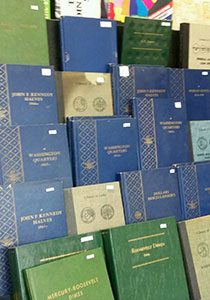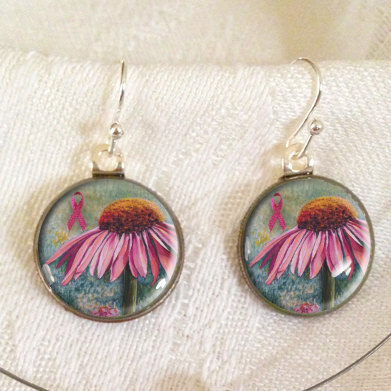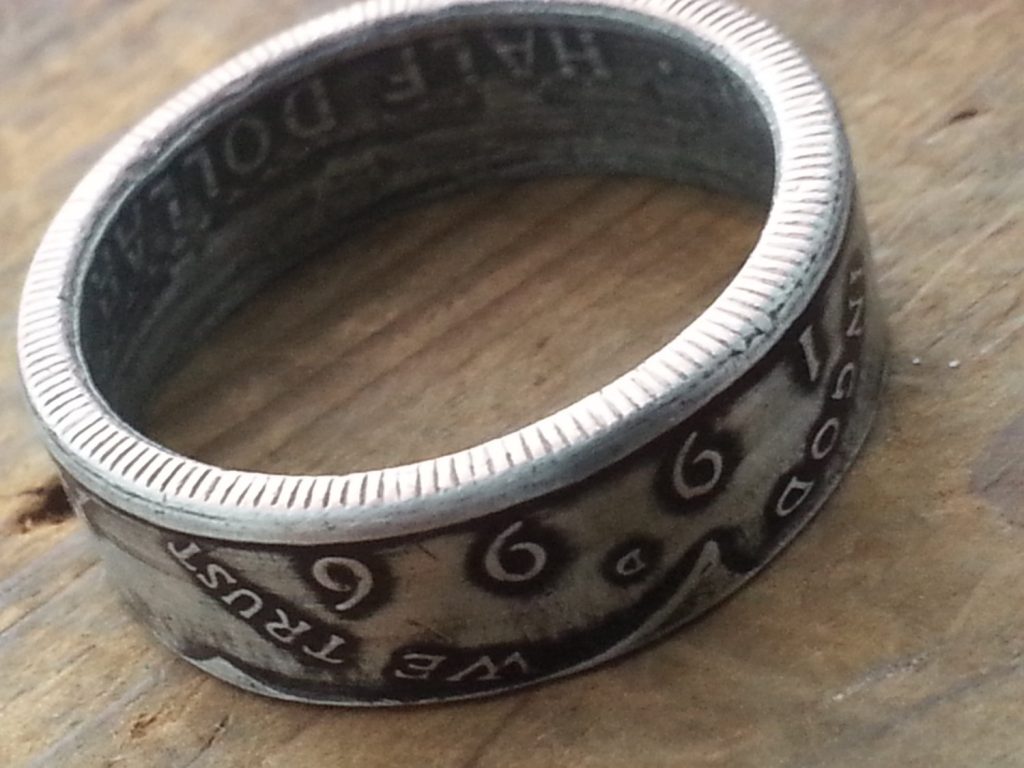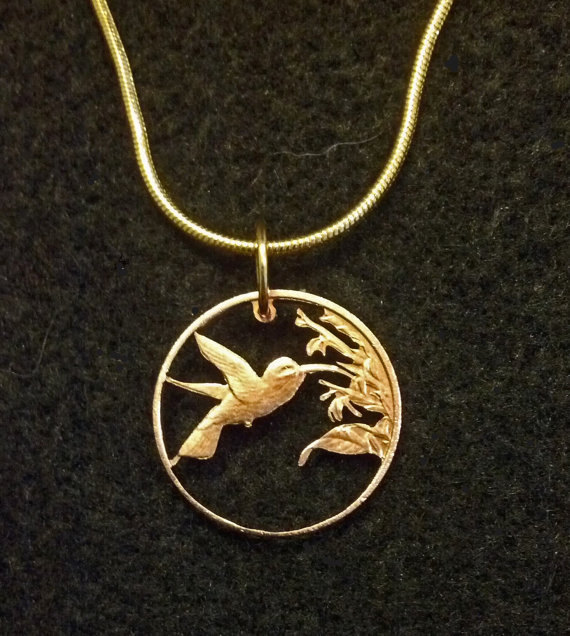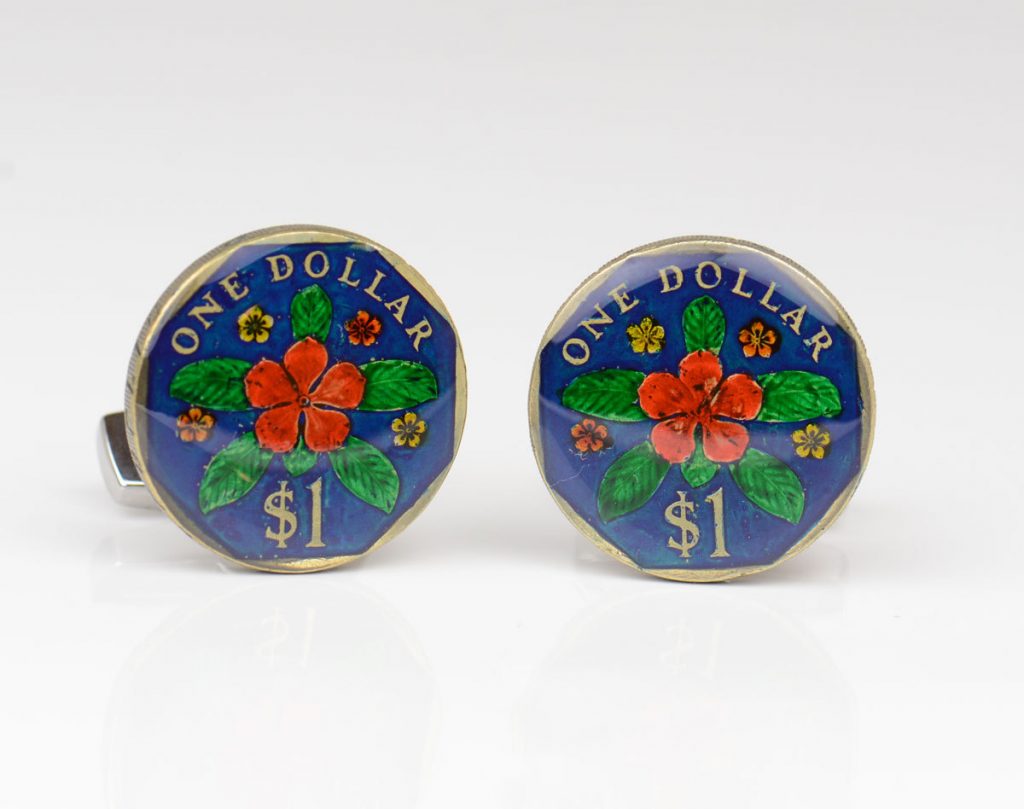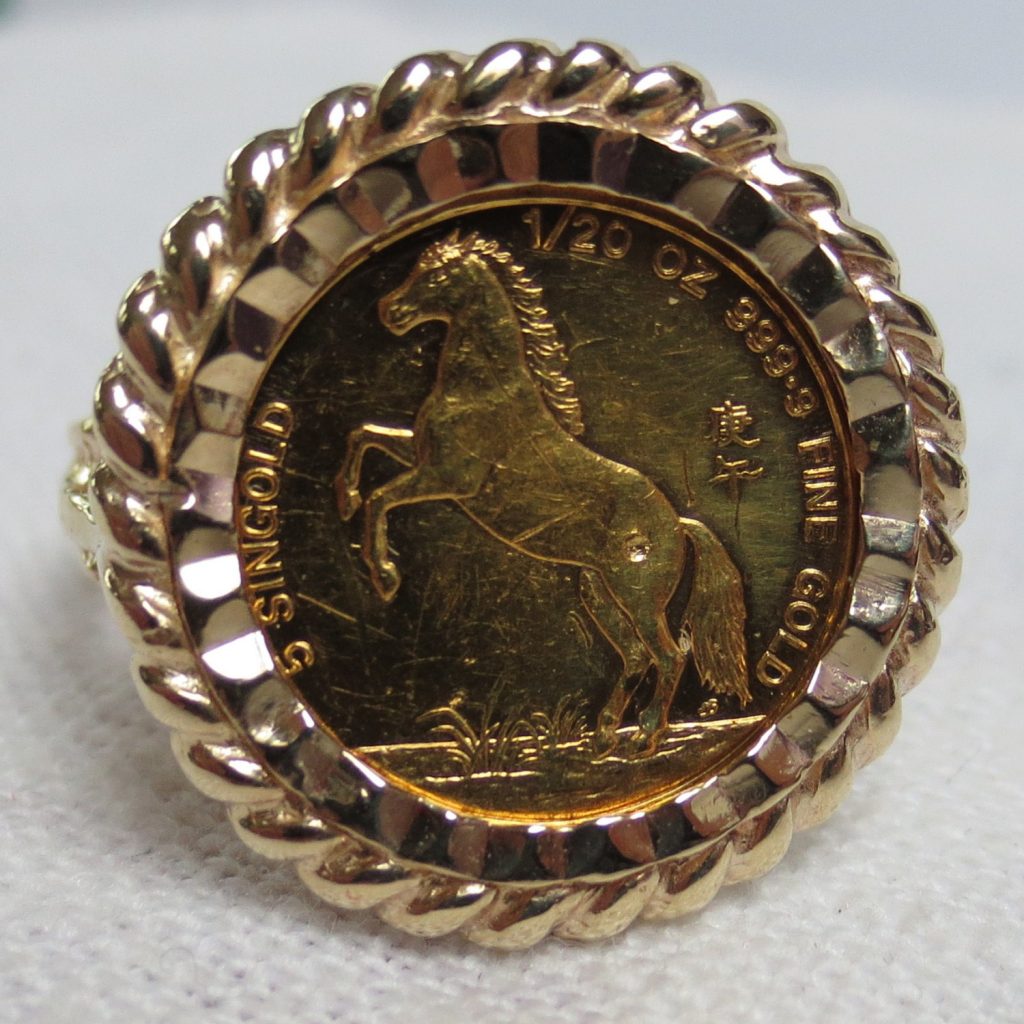Weekly World Numismatic News for April 25, 2021
U.S. Mint Announces 2021 Morgan and Peace Dollars Availability
U.S. Mint Backs Off of Higher Household Limits
 There continues to be a disconnect between the U.S. Mint and the collecting community. First, they announce the availability of the 2021 Morgan and Peace dollar coins with a household limit of 25 coins. Then, claiming they heard collectors, they lower the household limit to 10 coins.
There continues to be a disconnect between the U.S. Mint and the collecting community. First, they announce the availability of the 2021 Morgan and Peace dollar coins with a household limit of 25 coins. Then, claiming they heard collectors, they lower the household limit to 10 coins.
What everyone missed in the announcement is the obnoxiously low mintage limits for these coins. Since the legislation does not specify mintage limits, why is the U.S. Mint limiting the number of coins they are selling? It does not take a professional market analyst to note that the limits will drive profiteering against the collector community. If they need a recent example, look at the 2021-W American Silver Eagle Proof Original Reverse coins.
National Coin Weeks Ends
News watchers may have noticed mainstream news outlets wrote a few more stories about National Coin Week than in the past. The stories included something about the 2021 dollar coins, whether it was the Morgan and Peace tributes or the innovation dollar.
The free offer for Gold Membership to the ANA also ended on Saturday. The ANA will let me know next week how many took advantage of my offer. Although the advertising said that I would sponsor 25, I provided enough money to sponsor 50 new members. I hoped 50 people became ANA members this past week!
And now the news…
 → Read more at cbp.gov
→ Read more at cbp.gov
 → Read more at collectspace.com
→ Read more at collectspace.com
Storing Your Collection (REDUX)
A reader with questions recently reminded me of a previous version of this article. After reading what I wrote, I noticed a few things that required editing along with some additional information I could add. Rather than keep this to myself, I am sharing so that it can also serve as a reminder to everyone about proper storage.
After putting in the time, effort, and resources to assemble your collection do not just throw it in a draw or closet. Coins, currency, tokens and medals can become damaged if not stored properly. It would be a shame if your collection is damaged when a little effort can keep your collection preserved.
Storing a collection is a matter of dealing with two factors: using archival safe storage materials and the environmental factors of where your collection is stored.
Archival Safety
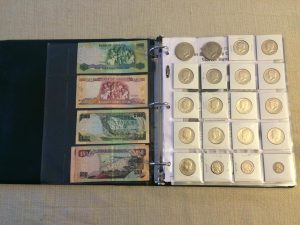 All coins, medals, tokens, and currency are made from materials that will react with the environment. Metals will oxidize and tone, some with patterns that intrigue collectors. Paper-based materials can be made from cotton rag or linen that may not break down the same way as paper but can be damaged in a way that will affect its value. The key to storing your collection is to use products made from archival safe materials. Archival safe materials are those made that are not acidic, materials that do not turn acidic over time, or materials that are not too alkaline.
All coins, medals, tokens, and currency are made from materials that will react with the environment. Metals will oxidize and tone, some with patterns that intrigue collectors. Paper-based materials can be made from cotton rag or linen that may not break down the same way as paper but can be damaged in a way that will affect its value. The key to storing your collection is to use products made from archival safe materials. Archival safe materials are those made that are not acidic, materials that do not turn acidic over time, or materials that are not too alkaline.
Acid free means that the pH (potential Hydrogen) measure is 7.0 or less. A pH measure of 7.0 is neutral and greater than 7.0 is basic or alkaline. Although acidic materials will damage your collection, materials too alkaline will also cause damage. Those that produce acid free supplies with materials that is as close to being pH neutral as possible.
It is possible for some materials to be acid free without being archival safe. These are substances that can breakdown over time and become acidic. For example, commercially made paper contains lignin, a bonding elements that naturally occurs in the pulp that helps holds the wood fibers together. While lignin is not acidic it gives offs acids as it deteriorates. To prevent lignin from becoming acidic it must be treated. This treatment involves dipping the paper in a solution that neutralizes the natural lignin.
Another storage item to stay away from are plastic products made from polyvinyl chloride (PVC). PVC is a inexpensive plastic that is used as an additive to other plastics to make softer, more flexible products. One example of a numismatic product that can be made using PVC are the two-pouch coin holders called flips where each pouch is 2-inches square. PVC in itself is neutral but gives off an acidic gas in reaction to atmospheric conditions. The PVC gas will not only react with the coins but will deteriorate the plastic. The result will be a green or gray streaks or blob appearing on the coins.
The gas produced by deteriorating PVC will damage the surface of the coin. Once a coin is damage by PVC it cannot be reversed. There are ways to conserve coins that are damaged by PVC as long as the PVC contamination is discovered early and is only on the surface. Once it mars the surface, the coin is permanently damaged and its value diminished.
When purchasing plastic or clear storage items, hard plastics or those made of Mylar are the best choice. Capsule manufacturers use a neutral plastic that does not contain PVC while those that make archival safe 2×2 flips use Mylar. The makers of 2×2 cardboard holders also use Mylar over the cutouts while album manufacturers use Mylar to make the cover sliders found in albums.Some people like to buy older albums because of they are unique and have a classic look. Those albums may not be made of archival material including paper with active acid from the deteriorating lignin that was not neutralized during manufacture because this was not a concern. Also, cover sliders could be made of PVC or other plastics that are not neutral. If you are not sure whether that used album is safe, it is best to buy a new archival safe album.
Although this discussion centered on coins, the same can be said for currency storage. The only difference will be the size and types of holders.
Environmental Factors
You can use the most archival safe materials but they will not protect your collection from environmental factors. The general rule of thumb is to stay away from the extremes. Do not store your collecting in a place that is too hot or too cold. Try not to store your collection in a place that is too humid or too dry since both could cause your storage materials to react. In other words, the average home with a temperature of 64-78 degrees with an average humidity of 30-percent should not be a problem.
Those living in colder areas where the home heater is being used longer than other areas of the country may have to compensate. Forced air heating systems tend to dry the air that could cause damage to your collection. If you use a humidifier, whether built in to your heating system or a standalone unit, you might consider investing in a hygrometer to keep the relative humidity between 30 and 40-percent.
Where you store your collection also has to be a concern. If you keep your coins in a cabinet, the gasses from the wood and even the paint or stain can cause damage. While wooden cabinets are attractive and practical, you do not want to store your collection some place that could add to the environmental concerns.
Metal cabinets are a better option. Safes and safety deposit boxes in temperature controlled vaults also makes great storage options aside from being able to keep your collection secure.
One of the factors that could cause wood rot in cabinets is excess humidity. If the humidity in your home or where you store your collection cannot be controlled, you should use a desiccant. A desiccant is a substance able to absorb moisture in the air. Two common desiccants are silica gel, the little packets that you see in some packaging, and montmorillonite clay.
Choosing which desiccant to use depends on your situation. If your storage area is not that humid, use silica gel. It well suited for lower moisture area over a longer period of time, about six months. For high humidity areas, use a clay desiccant. Although it will not last as long as silica gel (about three months), clay is more effective at removing moisture where the humidity is higher. Another option is to use a combination, especially during seasons of high humidity. You can purchase silica gel and clay desiccants at many hobby stores and stores that sell collecting supplies.
While there are other types of desiccants, they are not recommended for use around collectibles. Calcium sulfate and calcium chloride uses sulfur and chlorine, both will not react well with the metals of your coins. Activated charcoal can add carbon dust to the air, which can attach itself to your coins. Some have suggested using salt as a desiccant. Salt is made of sodium chloride that would also introduce metal damaging chlorine into the environment.
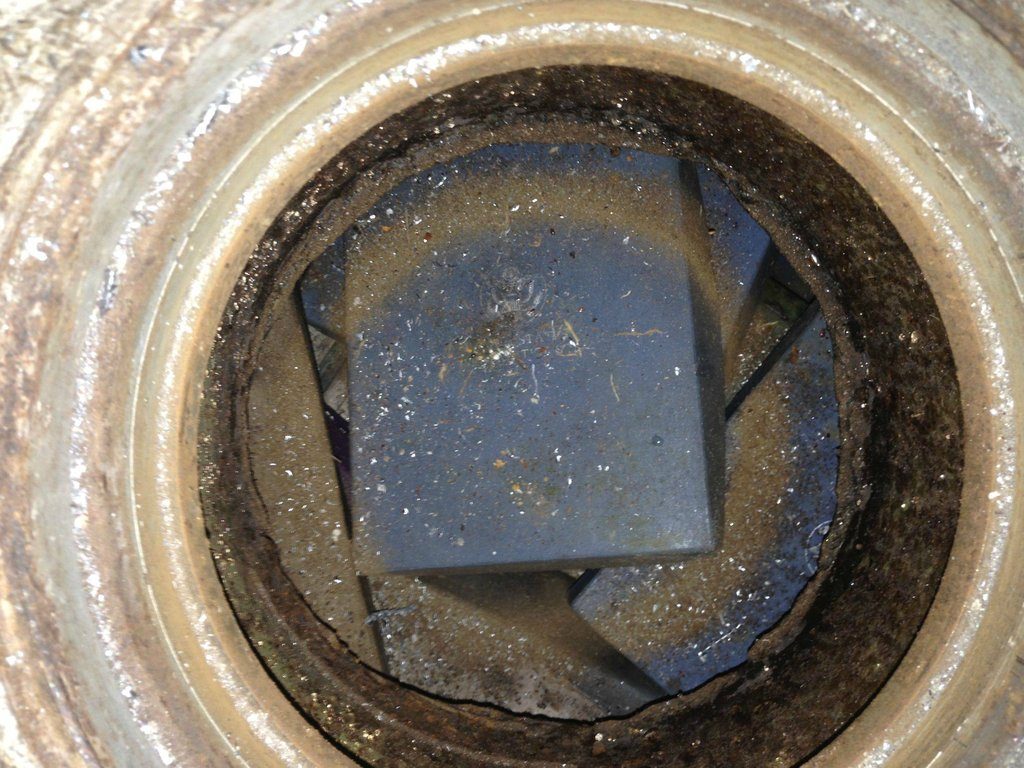
Not all safes are safe for coin storage. Click on the image to read the story about a safe found in the house of the writer’s late grandfather.
Choosing Storage Products
If you buy products made by a reputable manufacturer that advertise them as archival safe then the only difference between products are the way your coins will be displayed.Albums are popular for raw coins collected in the published series. You can find albums for many series from different manufactures to suit your tastes. Each manufacturer has its own distinct color and style. The difference is your personal preference.
Coins that have been encapsulated by third-party grading services may present different issues for storage and display. While there are a few manufacturers that make a special page to fit the grading service’s holders, collections made up of coins encapsulated by different grading services can be stored in boxes.
When storing grading service holders it is important to remember that the holders are not considered airtight. Third party grading services uses sound waves to melt the halves of the plastic holder to bond them without using chemical adhesives. While this type of sonic seal is strong, it can be subject to breaking if the encapsulated coin is mishandled. Additionally, whatever contaminants were in the air around the time the slab was sealed would be trapped with the coin.
Although most encapsulated coins could be stored in a standard plastic case, those who want extra protection should consider storing the slabs in special archival quality inserts or polyethylene bags.
When storing your collection you can use the same archival quality containers that are used by organizations like the United States Archives or Library of Congress. Although many of the containers may be coated with an alkaline buffer should not be a deterrent. Since your coins are in another holder, whether encapsulated or within an album, the buffer will maintain a barrier between your collection and the storage box that should not hurt your coins.
Although proper storage of your prized collection is important, do not make it more important than your collection. Be careful how you store these items but do so in a way you can still enjoy what you collected.
- Collecting starter bundle image found at Amazon.com
- Holder image courtesy of Public Storage
- Safe image courtesy of messynessychic.com
- Image of old coin albums courtesy of Specialty Stamp & Coin
Stop the government from turning ancient coin collectors into criminals
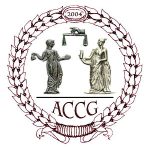 Over the last few years, I have asked readers to sign various petitions and write to the Department of State to stop restrictions on ancient coins.
Over the last few years, I have asked readers to sign various petitions and write to the Department of State to stop restrictions on ancient coins.
Once again, the Ancient Coin Collectors Guild (ACCG) needs your help. This time, the Greek government has requested changes to the Memoranda of Understanding that can hurt ancient coin collectors.
Please read the following letter that was sent by ACCG President Peter Tompa. If you would like to help, please use the links in his letter. Thank you!
Dear Fellow ACCG Member:
The State Department’s Cultural Property Advisory Committee is soliciting public comments for the upcoming renewal of a Memorandum of Understanding with the Hellenic Republic. Current restrictions exempt certain ancient Greek Trade coins, including Athenian Tetradrachms, Corinthian Staters and Tetradrachms of Alexander the Great and his father, Philip, as well as later Roman Imperial and Byzantine coins. On the other hand, many other ancient Greek coins are restricted, including larger denomination coins of many Greek City states and smaller denomination silver and bronze coins of Alexander and his successors.
Please write CPAC expressing concerns about the current restrictions and any effort to expand the current designated list. Comments should focus on how import restrictions have damaged collecting, the preservation of coins, the study of the history they represent, the appreciation of other cultures, and the people to people contacts collecting brings.
While it’s easy to be cynical that public comments are ignored, silence will be taken as acquiescence about the State Department’s actions which have already diminished the supply of ancient coins available on the market.
Comments are due on or before 11:59 PM on May 9th. For a direct link to comment on the government website, go to https://www.regulations.gov/#!documentDetail;D=DOS-2016-0009-0001 and click on the blue “comment now” button in the upper right hand corner of the screen.
For additional background along with suggestions on what to say, see http://culturalpropertyobserver.blogspot.com/2016/03/please-comment-on-proposed-renewal-of.html
For details about what coins are currently restricted, please see https://www.gpo.gov/fdsys/pkg/FR-2011-12-01/html/2011-30905.htm
Sincerely,
Peter K. Tompa
Centennial Gold Price Grid
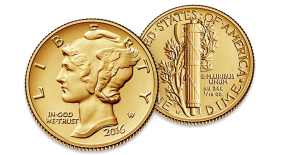 As luck would have it, the day I published my post about my predicted price of the 2016 Mercury Dime Centennial Gold Coin, the U.S. Mint published their prices for all of the centennial celebration coins in the Federal Register. Typical of the way the government does things, the table is too cluttered. As a service to my readers I reproduced the table in a more human-readable form.
As luck would have it, the day I published my post about my predicted price of the 2016 Mercury Dime Centennial Gold Coin, the U.S. Mint published their prices for all of the centennial celebration coins in the Federal Register. Typical of the way the government does things, the table is too cluttered. As a service to my readers I reproduced the table in a more human-readable form.
Price is based on the average price of gold based on the afternoon price of gold as set by the London Bullion Market Association (LBMA). The U.S. Mint uses a Thursday-to-Wednesday week for the average which means that it is highly likely that the Standing Liberty and Walking Liberty gold coins will also be released on a Thursday.
I will add a link to this table under the Collector’s Reference on the menubar for your future reference.
| LBMA Gold Price weekly average | Mercury Dime Centennial Gold Coin (1/10 ounce) | Standing Liberty Centennial Gold Coin (¼ ounce) | Walking Liberty Centennial Gold Coin (½ ounce) |
|---|---|---|---|
| $950.00 to $999.99 | $180.00 | $397.50 | $740.00 |
| $1,000.00 to $1,049.99 | 185.00 | 410.00 | 765.00 |
| $1,050.00 to $1,099.99 | 190.00 | 422.50 | 790.00 |
| $1,100.00 to $1,149.99 | 195.00 | 435.00 | 815.00 |
| $1,150.00 to $1,199.99 | 200.00 | 447.50 | 840.00 |
| $1,200.00 to $1,249.99 | 205.00 | 460.00 | 865.00 |
| $1,250.00 to $1,299.99 | 210.00 | 472.50 | 890.00 |
| $1,300.00 to $1,349.99 | 215.00 | 485.00 | 915.00 |
| $1,350.00 to $1,399.99 | 220.00 | 497.50 | 940.00 |
| $1,400.00 to $1,449.99 | 225.00 | 510.00 | 965.00 |
| $1,450.00 to $1,499.99 | 230.00 | 522.50 | 990.00 |
Coin jewelry is not legal everywhere
If you have not visited Etsy, you will find a shopping site where you can find unique items that are not available elsewhere. Most of the sellers on Etsy sell handmade designs, vintage items, repurposed vintage items, supplies, and unique low volume goods. It would not be farfetched to call Etsy an Internet craft fair and a neat place to go shopping.
One of the more interesting items on Etsy are coin jewelry. Coin designs are themselves a form of art but can become ordinary when repeated over millions of coins. Take a meaningful design and add it to a bezel, attach it to a pendant, or hammer it into a ring and these artists take the coins to the next level.
Many of these artists will take requests for the type of coin for their creations. Some will even let you send a special coin or a coin they cannot obtain to create your design.
A quick search on Etsy for coin jewelry found over 100,000 different jewelry items including bracelets, rings, earrings, bracelets and more. Aside from the different types of jewelry the artists will also use coins from all around the world including the United States, United Kingdom, Canada, Norway, and more.
Coin jewelry hunters may be unknowingly accessories to a crime. According to an article in The Straits Times, it is illegal to make jewelry using coins from Singapore.
Like many other nations, Singapore takes pride in the art on their coinage. Aside from being their means to promote commerce, they are used to represent their culture and society. However, the Monetary Authority of Singapore (MAS), the Singapore equivalent of the U.S. Treasury Department, has said that under Singapore’s Currency Act, it is illegal to “mutilate, destroy or deface” their money. Offenders can be fined up to $2,000.
If you search for “Singapore coin jewellery” (the British spelling of “jewelry”) on Etsy, you will find around 200 different jewelry items returned as part of the search. It is common to see Singapore flower series coin or older coins that featured seahorses.
None of these artists are based on Singapore
While United States law allows for people to use coins for jewelry or other purposes as long as there is no attempt to use them as legal tender currency (18 U.S.C. § 331), this might not be the same for other countries. Although European laws are similar to those in the United States, there is some question as to whether the laws of Canada and Australia can be interpreted to have the same restrictions as Singapore.
When I asked an attorney, he questioned whether an international buyer would convicted of a crime. We both agreed that if you buy jewelry with an international coin, leave it home if you plan to visit that country.
Etsy was asked for a comment but attempts to contact them via email has not been answered.
The Gold Merc and the U.S. Mint’s computers
Although I was in a meeting, I tried to purchase this coin using the U.S. Mint app on the iPhone. Basically, the U.S. Mint app on the iPhone does nothing more than distill the mobile version of the U.S. Mint website on the iPhone. Since the app was not working properly, I opened Safari and tried to use the website directly. By the time I was able to get the system to respond, the coin sold out.
Even though the U.S. Mint revamped the website, hired a new integrator, and added more capacity to the communications lines that lead to the server, the website failed to be able to handle the requests. The U.S. Mint hired a new contractor to make these improvements but still cannot get it right. Their website is not programmed to handle the crush of a popular product.
As someone who has worked in the government for many years, we usually have to undergo a review of recent events to learn about what went wrong in order to fix the problems for next time. These reviews look at every aspect of the process and recommend changes. It appears that if the U.S. Mint performed these after action reviews they did not learn their lessons from past mistakes.
Now is the time for the U.S. Mint to get out of the e-commerce business and hire a company that understands how to manage peak volumes. Services like Amazon and eBay have figured out how to manage users flooding their systems. I am sure that sales related to the U.S. Mint would not approach the traffic that comes on shopping holidays like Cyber Monday.
Does Ticketmaster sell e-commerce solutions? The software they use that adds you to a queue to wait until you can order because the system has been flooded. In the cases when I used Ticketmaster or Live Nation, their sister site, to buy tickets to popular shows, I was forced to wait on the virtual line before being able to purchase tickets.
Regardless of the model the U.S. Mint uses, they must do something. Either they need to figure it out or maybe a discussion with the Treasury Office of Inspector General may be worth the effort.


